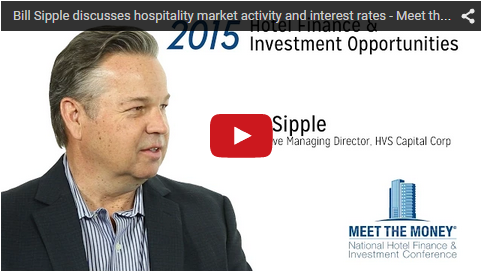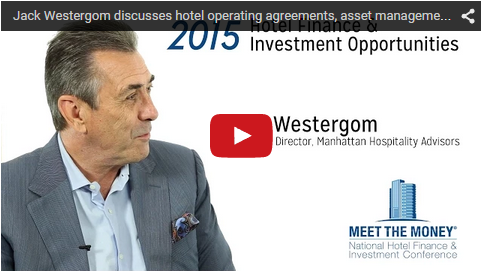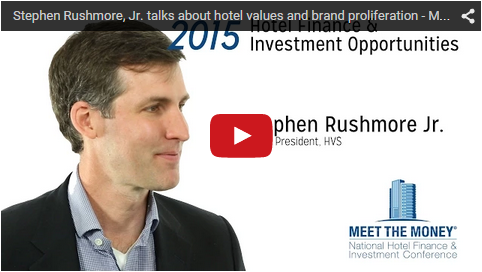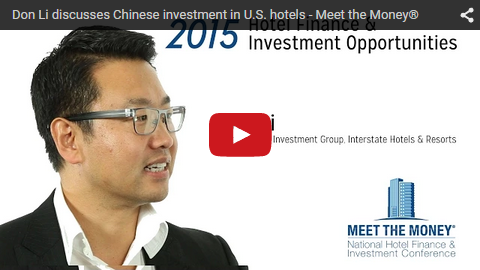08 August 2016
Click here for the latest articles on EB-5 Financing.
A primer on EB-5 and key issues in its renewal
What is the EB-5 Immigrant Investor Visa Program?
The EB-5 immigrant investment visa program provides a “fast track” to obtain permanent U.S. residency (a “green card”) to qualified foreign investors who satisfy specified requirements, including investing at least $500,000 in a U.S. enterprise or project that creates at least 10 new permanent jobs for U.S. citizens, and otherwise comply with the immigration visa process.
The regional center pilot program
In addition to the basic permanent EB-5 legislation, a “pilot program” regarding Regional Centers (or RCs) was adopted in 1992. Although it has never lapsed, the Regional Center provisions have typically been renewed for relatively short periods (e.g. 1 to 5 years). The current authorizing legislation for this Regional Center aspect of the program is set to expire or “sunset” September 30, 2016.
Before the Regional Center pilot program expired last year in September, a bi-partisan effort in both houses of Congress worked with industry leaders to propose legislation with a broad consensus of stakeholders that would have addressed a full range of issues concerning the EB-5 program. But at the proverbial 11th hour, Congress dropped the comprehensive reform and decided to renew the existing law (without change) for 12 months (expiring September 30, 2016).
Now that the sunset date is approaching again, many stakeholders in the EB-5 process are working with Congress for a better and longer-lasting resolution of the EB-5 issues.
Some of the proposals to revise EB-5
Although a review of last year’s drafts of legislation may be helpful in understanding the “big picture issues,” the political environment is different this year, particularly with election-year dynamics. It is too early to predict what approaches and proposals will succeed, but there is almost universal belief that a workable resolution will be achieved for all legitimate stakeholders. Some of the major proposals are listed below.
JMBM’s EB-5 Financing team follows these developments closely, and you should talk with us to get the latest update.
- How long should the re-authorization last? After almost 25 years, hasn’t the Pilot Program shown results justifying making it permanent or doing away with it? Why is it permitted to become a political football every year or two? Why does it need to come up for renewal?
- What is the required investment for an EB-5 visa applicant? Currently the minimum investment is $500,000, and more than 90% of all EB-5 visa immigrants have qualified for this amount. Only 10% have used the $1 million investment level. Should one or both investment levels be raised (e.g. to $800,000 and $1.2 million)? Should there just be one level of investment? Should the difference between the lowest and highest investment requirements be reduced?
- What does it take to qualify for the lowest investment requirement? Currently, only projects in Targeted Employment Areas or “TEAs” (rural locations or areas with high unemployment equal to 150% or more of national unemployment levels) qualify for the lower investment of $500,000. Should rural areas be more strictly defined? Should national standards be imposed to replace the current state-by-state approach to TEA designation based on unemployment? What should those standards be?
- How do you calculate job creation? To obtain an EB-5 visa, each investor must invest the required minimum and that investment must create at least 10 new permanent jobs. Certainly it is easy to calculate the number of direct employees — those with W-2s, but what else counts? Construction jobs? Indirect and induced jobs (not direct or W-2 employees but workers servicing the project such as an outside laundry service for a hotel, the window washers for the building, the workers in the restaurants and retailers who reside in the project). Currently, indirect and induced jobs can be included in the job count when calculated by one of the four established USCIS-approved formulas – should this approach be changed? Should the job count requirement be changed?
- How many visas should the program permit and how do you count them? Is the current 10,000 EB-5 visas per year the right amount or should it be increased? Should any of those visas be set aside or earmarked for certain projects such as projects in rural areas of public infrastructure? Should the permitted number of visas (10,000 or whatever it may be changed to) count only the EB-5 investors, or should it include the investor’s spouse and minor children? Should unused EB-5 visa allocations accumulate from year to year or be spread amongst all employment based immigration programs?
- Should something be done about the “aging out” problem? Is it appropriate to exclude minor children from the benefits of EB-5 when they exceed the age of minority because of long delays — up to several years — by the U.S. immigration service in processing the visas?
- Should Regional Centers be charged an annual fee? Should there be an annual fee for a Regional Center to retain its designation? Should that be $25,000, $50,000 or some other number? Do we want to discourage inactive RCs and those who just “bought a charter” for speculation with no intention to use it for the intended purpose? What should these fees, if any, pay for?
- Should there be more Federal oversight? Proposals in this area have included greater reporting, oversight and involvement by a host of federal government agencies such as the SEC, FBI, NSA, and Homeland Security. Such proposals also generally include civil and criminal penalties for noncompliance. Nobody in the EB-5 industry favors fraud or terrorism, but is there really enough of a problem to warrant this attention? Aren’t current laws adequate? Could this be over-regulation?
These 8 broad areas of inquiry about the EB-5 program are worth discussing and, in fact, have been discussed at length for some time. (See our December 8, 2015 blog for changes that almost went into effect in 2016.)
Time to evaluate the right EB-5 strategy for you?
We have a lot of practical experience in helping our developer clients raise EB-5 funding. If you would like some help to evaluate whether EB-5 could work for you, or what strategy is best for you, then give us a call. There is no cost for an initial discussion.
Jim Butler, +1-310-201-3526 or jbutler@jmbm.com
David Sudeck, +1-310-201-3518 or dsudeck@jmbm.com
Other articles on EB-5 Financing
To access our rich library of articles on EB-5 financing, go to www.HotelLawyer.com, scroll down the right-hand side under LEARN MORE ABOUT and click on “EB-5 Financing.” For your convenience, here are a few popular EB-5 articles that may be of interest:
EB-5 funding for new development: JMBM has closed more than $1.5 billion of EB-5 financing.
EB-5 extended without change: President Donald Trump signs bill
What’s happening with EB-5 financing for new development projects? Is it still available?
JMBM’s “preferred” EB-5 construction financing program for top developers and projects.
FAQs about EB-5 project financing for new hotel development
Hotel development & EB-5 financing: Why you don’t want to form your own regional center

This is Jim Butler, author of www.HotelLawBlog.com and hotel lawyer. We represent hotel owners, developers and investors. We have helped our clients find business and legal solutions for more than $125 billion of hotel transactions, involving more than 4,700 hotels. As of January 31, 2017, we have closed more than $1.5 billion of EB-5 financing for our clients’ projects, and sourced most of that. I invite you to contact me to explore how our experience and resources might help you accomplish your goals. 310.201-3526 or jbutler@jmbm.com








